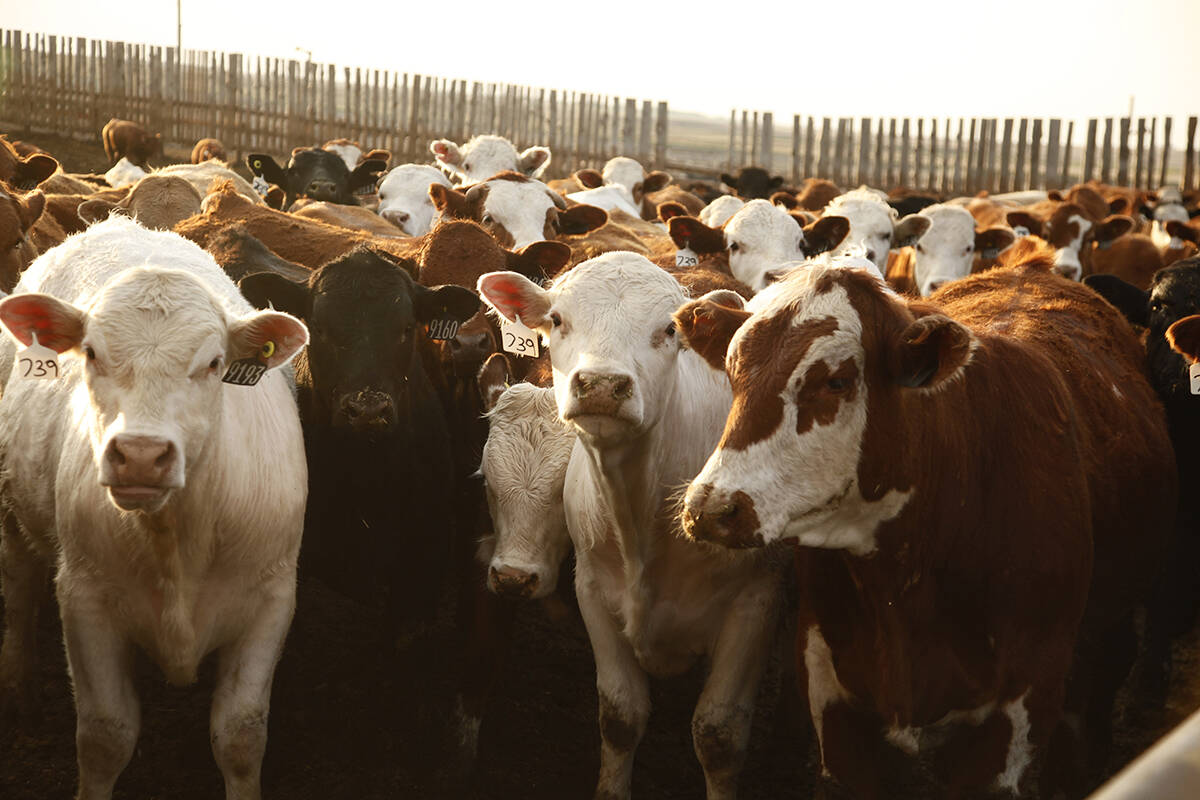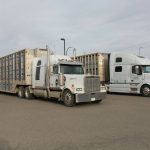OLDS, Alta. — Alberta and Sask-atchewan continue to fall short on BSE tests.
Canada needs to sample about 30,000 cattle per year under World Organization for Animal Health rules.
Alberta is the largest cattle producer and should complete 10,000 tests a year. However, it handled only 60 percent of that in 2013 with 6,500 tests and 80 percent in 2014.
Saskatchewan tested 3,317 animals in 2013, which was 45 percent of its target.
“If every other Alberta beef producer submitted one head a year, we would meet our quota,” Alberta veterinarian Dr. Gordon Krebs said at a beef seminar in Olds Feb. 26.
Read Also

Canada’s simplified BSE testing program shows good uptake
Going by the number of submitted material samples so far, cattle producers’ response so far to an updated national surveillance program for BSE is encouraging for Canada’s CFIA.
Ontario and Quebec tend to sample more because producers must take dead stock to renderers rather than dispose of them naturally as happens in the West.
British Columbia sampled 1,630 animals, or 150 percent of its target, while Manitoba is at 96 percent with 2,874 tests.
Krebs is on the University of Calgary faculty of veterinary medicine and a private practitioner at Didsbury, Alta. He is certified to collect samples on farm.
Beef and dairy animals tested for BSE must be older than 30 months and fit into one of four categories: diseased and not likely to respond to treatment, distressed and destined for on farm emergency slaughter, downers that are unable to stand up or dead by any cause.
Producers should call as soon as possible if they have such an animal. Details on the animal’s age and activity will be required.
The veterinarian needs to see an intact head, which can be removed if it is frozen.
However, samples deteriorate during hot weather.
Krebs will euthanize the animal on the farm and then take a small piece of the brain called the obex from the back of the head.
Metal tags are then attached to the head and body, which cannot be removed.
The carcass needs to stay intact and kept away from scavengers. Results are available in three to four business days.
Producers can dispose of the body according to provincial regulations if the results are negative. However, the carcass cannot be used for human consumption.
If the animal is positive, the Canadian Food Inspection Agency deals with it.















